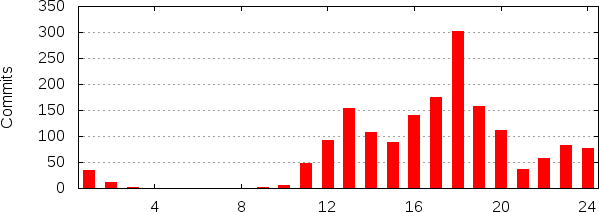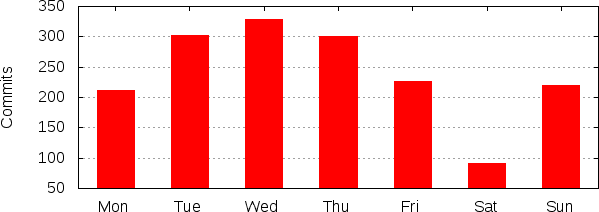Asymmetric branching is an algorithm that shortens CNF clauses in SAT Solvers. A clause, for instance v1 V v2 V v3 V v4 (where letters are binary variables and V represents binary OR) could possibly be shortened to v1 V v2 V v3. To find out if it can be, all we have to do is to put -v1,-v2 and -v3 into the propagation queue and then propagate. If we receive a conflict from the propagation engine, we can learn the clause v1 V v2 V v3, which (incidentally, though this was the point), subsumes the original clause, so we can simply remove variable v4 from the original clause.
Ok, so much for theory. Now comes the hard part: how do we do this such that it actually speeds up the solving? The problem is that asymmetric branching, when done on all possible clauses, is slow. However, its benefits could be large, since a shortened clause naturally leads a faster propagation and shorter resolution proofs thus less propagation need.
I have been experimenting in getting some benefit from asymmetric branching, and now it works extremely well for CryptoMiniSat. The trick I use, is that I first sort the clauses according to size, and only try to shorten with asymmetric branching the top couple of clauses. This ensures that the largest clauses are shortened first. Since the largest clauses contribute most the to size of the resolution proof and they are the slowest to propagate, this makes sense.
CryptoMiniSat tries to do asymmetric branching regularly, always for only a little while (~2 seconds). I believe this is useful, because as the amount of time the program has been trying to solve a problem increases, it makes sense that we have a bit more time to do things that could help resolve the problem faster. For instance, if CryptoMiniSat has been trying to solve a given problem for 30 minutes unsuccessfully with the standard clause-learning DPLL procedure in vain, we can allocate 2-3 seconds to possibly gain ~5-10% later. In the example case it can be assumed that since we haven’t been able to solve it for 30 minutes, probably we won’t solve it in the next 10 minutes, so gaining 5% on 10 minutes is 30 seconds, far more than the 2-3 seconds we invested.
The results with asymmetric branching with CryptoMiniSat are quite astounding. Using the 2009 SAT Competition benchmark set with an approximately correct timeout, CryptoMiniSat could normally solve 217 problems. With asymmetric branching, CryptoMiniSat can now solve 220 — a huge increase: last year, 16 solvers running in parallel could only solve 229 instances in total.
Edited to add (26/09/2010): Clause Vivification by Piette, Hamadi and Sais is a paper about the above described method, though with a number of key differences. The paper seems to advocate for a complete procedure, furthermore, it calls the conflict generation routine in certain cases. I believe that the above described way of carrying out this technique brings more tangible benefits, especially for larger problems.
(Updated: we need to branch on the inverse of the clause’s literals. Thanks to Vegard Nossum for spotting this)


